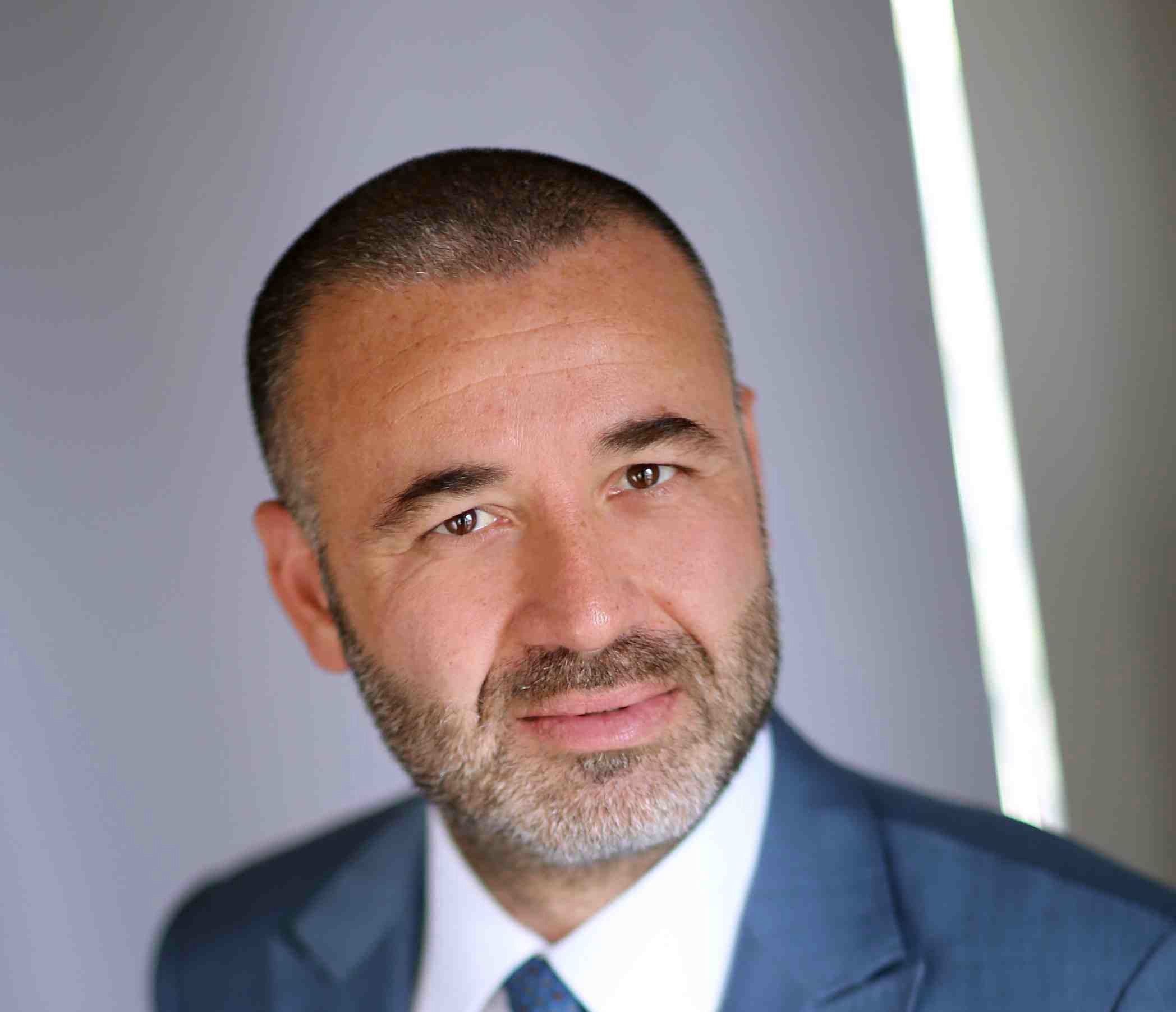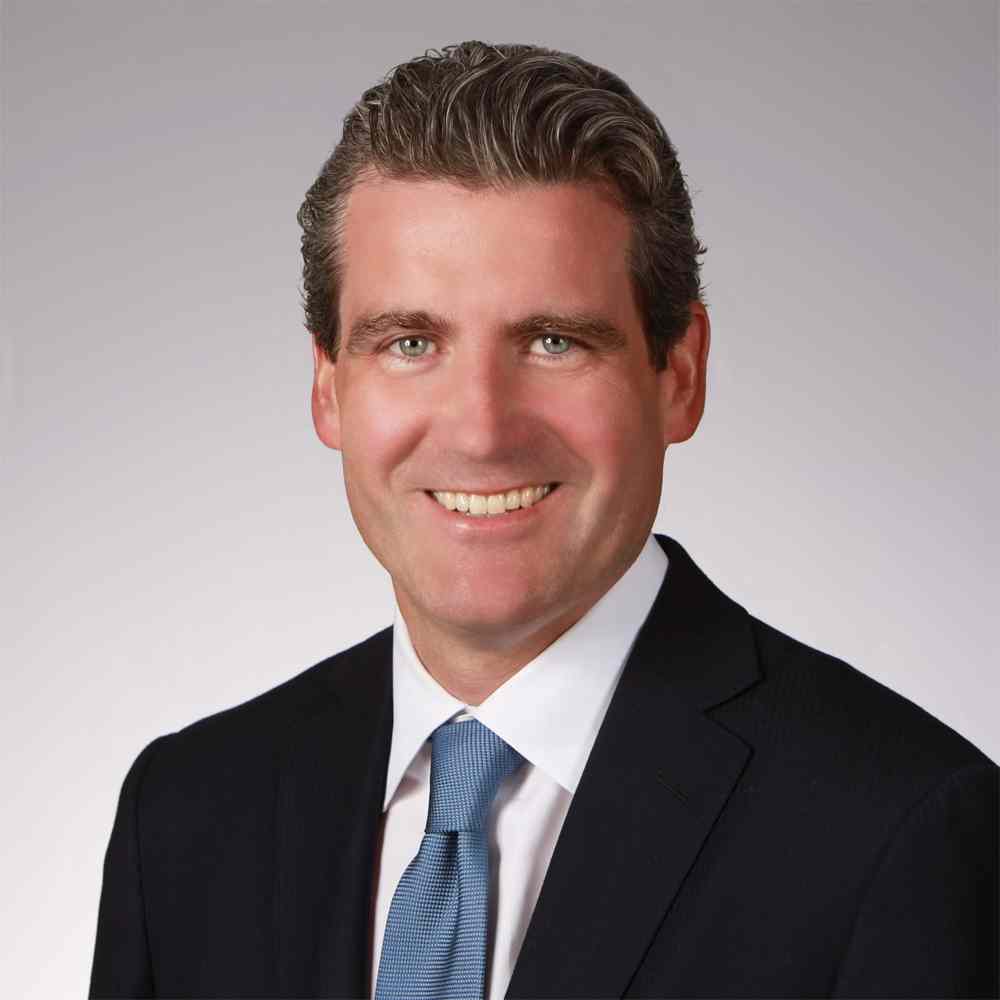Asia-Pacific Leads World in Wealth Growth
| By Alicia Miguel | 0 Comentarios
With Japan and China leading the way, the Asia-Pacific region registered world-leading levels of High Net Worth Individual (HNWI) population and wealth growth in 2013, with no signs of slowing down, according to the Asia-Pacific Wealth Report 2014 (APWR), published by Capgemini and RBC Wealth Management. The region’s population of HNWIs grew 17 percent to 4.3 million, while their wealth grew 18 percent to reach US$14.2 trillion, compared to growth rates of 13 percent and 12 percent respectively in the rest of the world.
“While equity market performance across Asia-Pacific was mixed in 2013, strong economic growth and real estate prices in key markets drove healthy overall wealth growth,” said M. George Lewis, Group Head, RBC Wealth Management & RBC Insurance. “Asia-Pacific is expected to continue to lead global growth and pass North America as the region with the highest HNWI population by the end of 2014 and the greatest HNWI wealth by 2015.”
Japanand China, which hold over two thirds of Asia-Pacific’s HNWI population, drove 85 percent of the HNWI population growth in 2013, increasing their number of HNWIs by 22 percent and 18 percent respectively to reach 2.3 million and 758,000. They also saw HNWI wealth increase at the region’s highest rates of 24 percent to US$ 5.5 trillion (for Japan), and 20 percent to US$ 3.8 trillion (for China). The report notes that Asia-Pacific’s ultra-HNWIs grew their wealth at about twice the rate of their peers in the rest of the world, both in 2013 (20 percent vs. 10 percent) and in the five-year period from 2008-2013 (average annual growth rate of 17 percent vs. eight percent).
High trust levels and focus on wealth growth drive international investments
According to the report’s Global HNW Insights Survey, HNWIs in Asia-Pacific (excl. Japan) have the highest trust and confidence levels globally in all aspects of the wealth management industry: 85 percent expressed high trust in wealth managers, 87 percent in wealth management firms, 78 percent in financial markets, and 80 percent in regulatory institutions. Looking ahead, 88 percent of Asia-Pacific (excl. Japan) HNWIs are confident in their ability to generate wealth in the near future.
High trust and confidence levels may have contributed to a greater focus on wealth growth (41 percent) rather than preservation (31 percent) among Asia-Pacific (excl. Japan) HNWIs. In seeking growth, they significantly increased foreign investment allocations to 43 percent in early 2014, up from 30 percent a year prior, with Europe attracting the largest share at 15 percent, followed closely by North America at 14 percent. Looking at the make-up of their portfolios overall, real estate remains the preferred asset class of Asia-Pacific (excl. Japan) HNWIs (23 percent of portfolios), which differs from a preference for equity investments (27 percent) in the rest of the world.
Region’s HNWIs have distinct demands and expectations of firms
Asia-Pacific (excl. Japan) HNWIs have distinct preferences in how they are served by firms, as they are more inclined to seek professional advice (45 percent, the highest globally) and pay for customized services (37 percent) than HNWIs in the rest of the world (36 percent and 30 percent). While HNWIs globally share a preference to work with a single wealth management firm, those in Asia-Pacific (excl. Japan) differ in their preference to work with multiple experts (39 percent) versus a single point of contact (26 percent). They also have the highest demand globally for digital interactions, with 82 percent (versus 61 percent for those in the rest of the world) expecting most or all of their wealth management relationship to be run digitally in five years.
Wealth manager performance scores flat, creating opportunities for firms
Despite rising wealth and trust levels and a desire for advice, Asia-Pacific (excl. Japan) HNWIs increased their performance scores of wealth managers by only half a percentage point to 68 percent in early 2014, although this compares to a drop by five percentage points to 66 percent in the rest of the world.
“Asia-Pacific offers a ripe environment for firms to establish deeper client relationships and improve performance scores, given the high confidence levels, complex needs, focus on wealth growth, and openness to advice of HNWIs in the region,” said Jean Lassignardie, Chief Sales and Marketing Officer, Capgemini Global Financial Services. “Wealth managers and firms will need to evolve their offerings to meet the changing preferences of Asia-Pacific HNWIs in how they interact with their firms and advisors, including through the development of digital channels.”
Asia-Pacific HNWIs most driven globally to create positive social impact
The report reveals that 97 percent of Asia-Pacific (excl. Japan) HNWIs feel it is important to invest their time, money or expertise to make a positive social impact, with 81 percent describing it as very or extremely important (compared to 59 percent of their peers in the rest of the world).
Asia-Pacific (excl. Japan) HNWIs are driven primarily by a feeling of responsibility to give back and are uniquely focused on food security, which ranked as the top priority cause (vs. 12th for those in the rest of the world), with 40 percent currently giving back in this area. Following food security, health (39 percent), education (37 percent), the welfare of children (33 percent), and the welfare of older people (31 percent) rounded out their top five causes. Climate change and the environment is also a high priority, with 30 percent of Asia-Pacific (excl. Japan) HNWIs contributing time or wealth in this area versus 20 percent of HNWIs in other regions.
View the report at www.asiapacificwealthreport.com.







